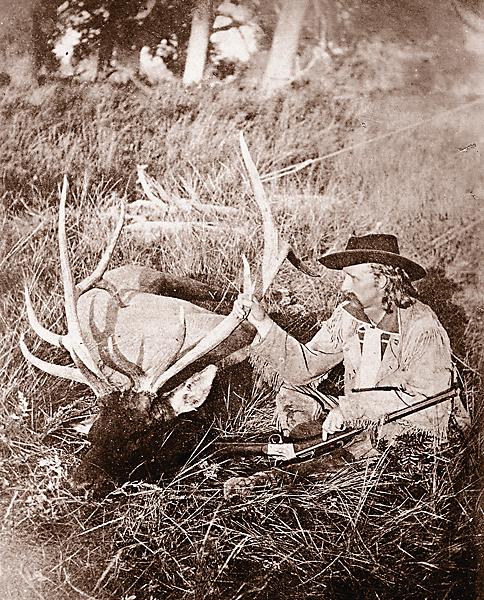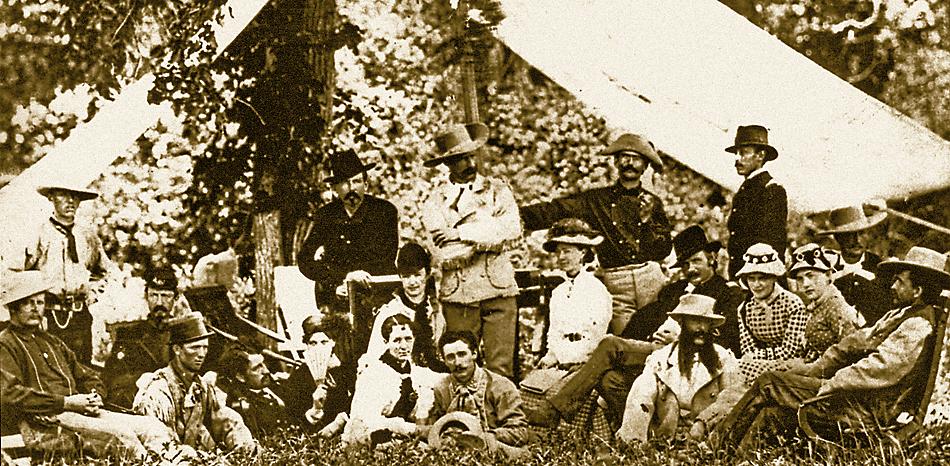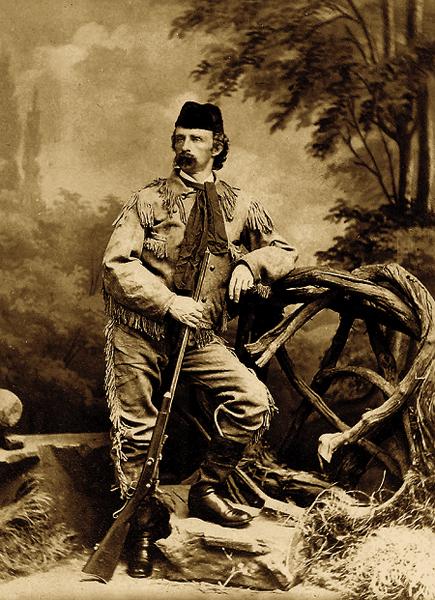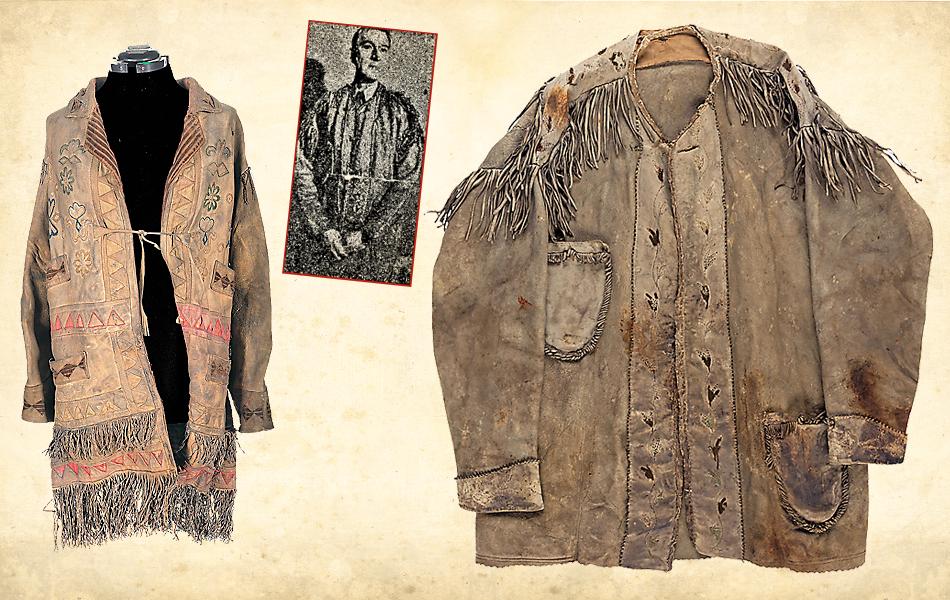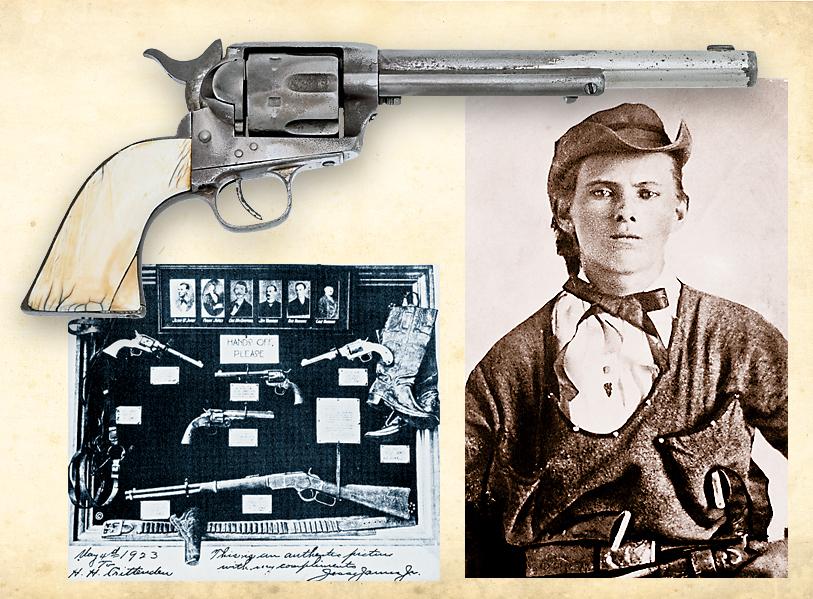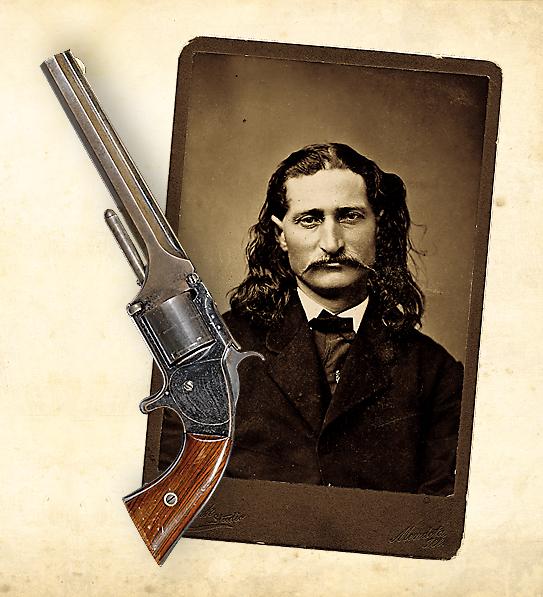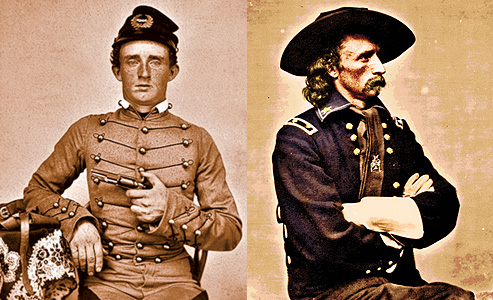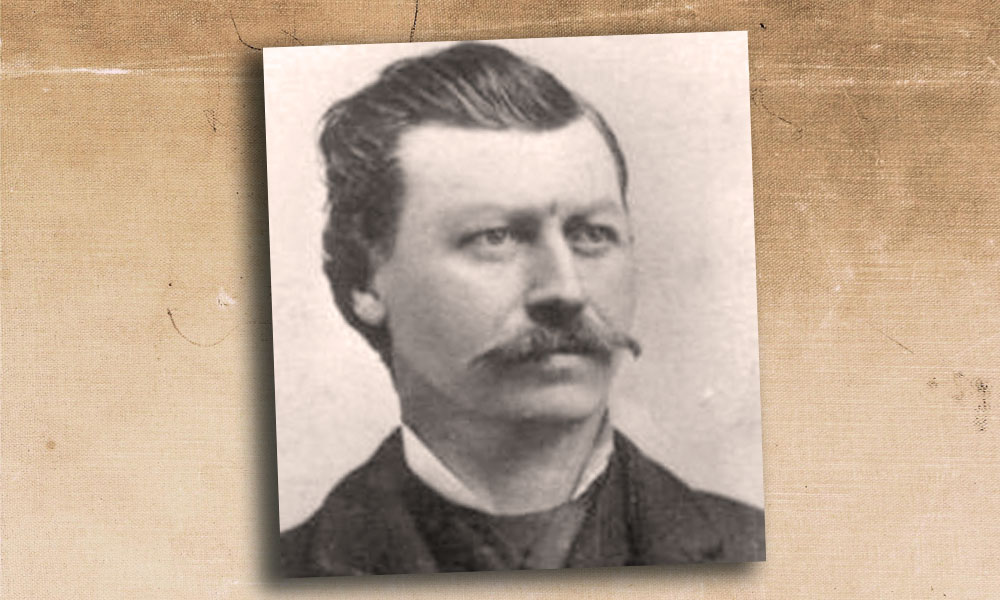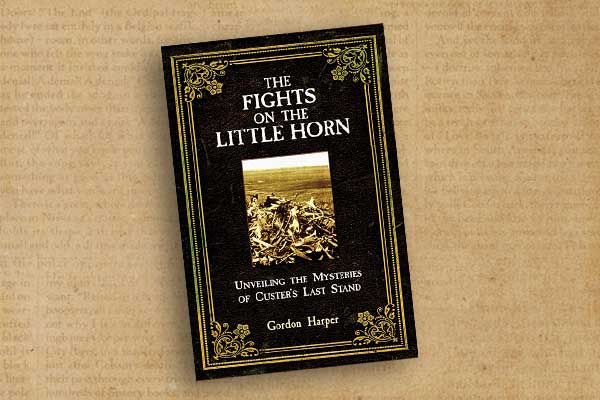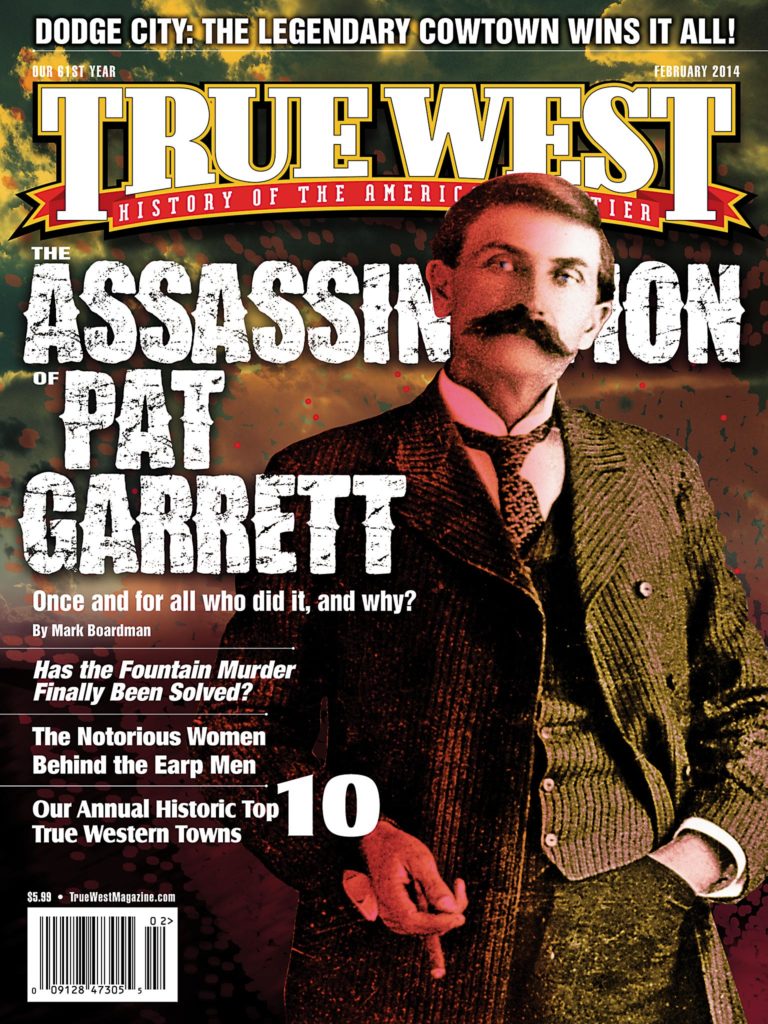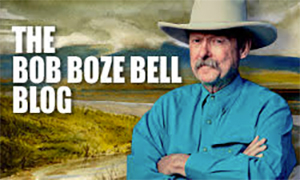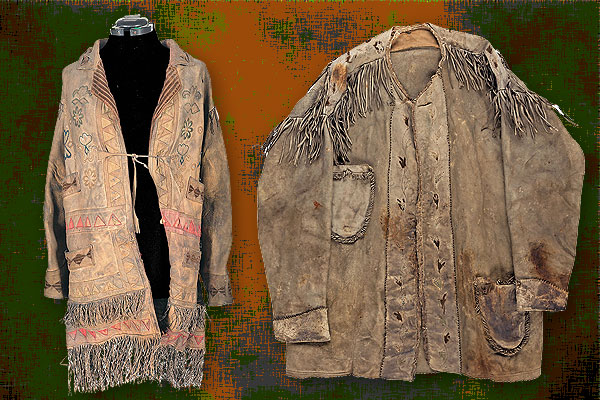 “One must draw their own conclusion regarding the history of this jacket based on the documentation!” Rock Island Auction told collectors in its description of the lot that the Dietzen family claimed was the coat George A. Custer had died in at the 1876 Battle of the Little Big Horn.
“One must draw their own conclusion regarding the history of this jacket based on the documentation!” Rock Island Auction told collectors in its description of the lot that the Dietzen family claimed was the coat George A. Custer had died in at the 1876 Battle of the Little Big Horn.
The documentation consists of Joseph Dietzen’s discharge papers confirming he was in the service at the time of Custer’s death and a 1958 letter from Dietzen’s son, John, explaining how his father got the coat: “he had won the coat in a shooting match from a friendly Indian…. He told my father that the coat had been taken by Sitting Bull from General Custer who was wearing it at the time he was killed.”
When we look to the historical record, numerous soldiers at the battle confirmed that Custer had tied his jacket to his saddle pack and was wearing his shirt during the battle. A family story by itself is pretty thin provenance, but when the statements are not supported by the facts, it becomes even weaker.
Even if it was a given that this jacket was taken from the battlefield (and it’s not), at least seven other officers who died that day also had buckskin jackets with them, so who could say this was Custer’s?
The coat, accompanied by a shirt allegedly tied to battle participant Rain in the Face, did not sell at the September 2013 auction. But that was only because it did not meet the reserve price; folks did bid on the lot, up to $90,000.
As John Lennon famously sang, “You may say I’m a dreamer, but I’m not the only one.” Some collectors are willing to take the chance to pay for a questionable piece of history, most likely hoping the story will prove to be true sometime in the future. The auction houses that put up these collectibles are all reputable, and each one was forthright about the provenance, or lack thereof, associated with the lot in question.
The Custer coat was just one of the artifacts attributed to Wild West legends that folks took a shot at owning this winter.
Photo Gallery
Wild Bunch historian Dan Buck quips the Butch Cassidy Colt, serial no. 165106, might be an April Fool’s Day joke. The gun’s Colt factory letter was dated April 1, 2001, a Sunday, an odd day to be working. Regardless, the letter stated the gun was shipped in 1896, contradicting the story that Cassidy gave it to Joe Davenport before going to prison in 1894. Plus, Buck says, Davenport was not a “Cassidy gang member,” as the description noted; he was an occasional posseman. In 2012, Buck proved Cassidy’s alleged “amnesty” Colt, sold that year for $175,000 by California Auctioneers, was bogus. In the arena of outlaw firearms, $15,000 is a rock bottom price, one that a collector willing to believe Davenport’s story bid to successfully buy that Colt at Rock Island’s September auction.
Custer is at the center of this photo.
The Custer coat at Rock Island Auction (at left) went unsold, while the Custer coat at Heritage Auctions (at right) hammered in at $24,000 on November 24. In 1897, Custer’s widow, Elizabeth, reportedly gifted that elkskin jacket to Arthur McCall, a U.S. Army engineer who said he had helped her remove Custer’s possessions from storage at West Point. McCall befriended Otto Gerhardt, an artist whose enthusiasm for the Custer campaign so impressed McCall that he entrusted the coat to Gerhardt. A newspaper clipping shows Gerhardt wearing the jacket (center).
Jesse James’s Colt .45, serial no. 70579, possesses remarkable provenance that stretches to the day Bob Ford killed the outlaw in 1882. The Colt passed to his son, Jesse James Jr., who displayed it (bottom left) for the public. Around 1924, he gave the gun as bond to a Dr. Lowery to treat a car crash injury. The revolver made its way to Missouri Sen. Harry Hawes and then Alabama Congressman Frank Boykin, until he sold it to a U.S. collector in 1975. On November 24, the bid at Heritage Auctions opened at $400,000 for the weapon estimated to reach $1.6 million—a dream the consignor did not get to realize. The revolver went unsold.
Collectors bid up to $220,000 for the Smith & Wesson No. 2 Bonhams touted as the revolver Wild Bill Hickok had carried when he was slain by Jack McCall in 1876. The Willoth family claimed Deadwood Sheriff Seth Bullock had gotten the weapon from the gunfighter’s dead body, then given it to Adolph Fishel (a Willoth father-in-law) to reimburse the store owner for an unpaid Hickok tab. The pistol, serial no. 29963, did not meet the reserve at the November auction. “We are now back to square one,” Hickok biographer Joseph G. Rosa tells us, “The only known Hickok weapon is the rifle owned by Jim Earle!”



